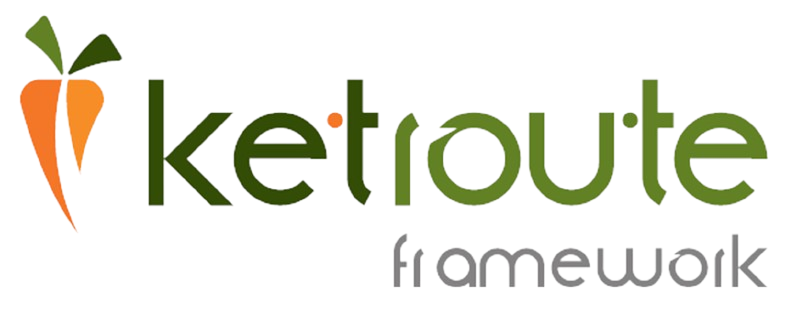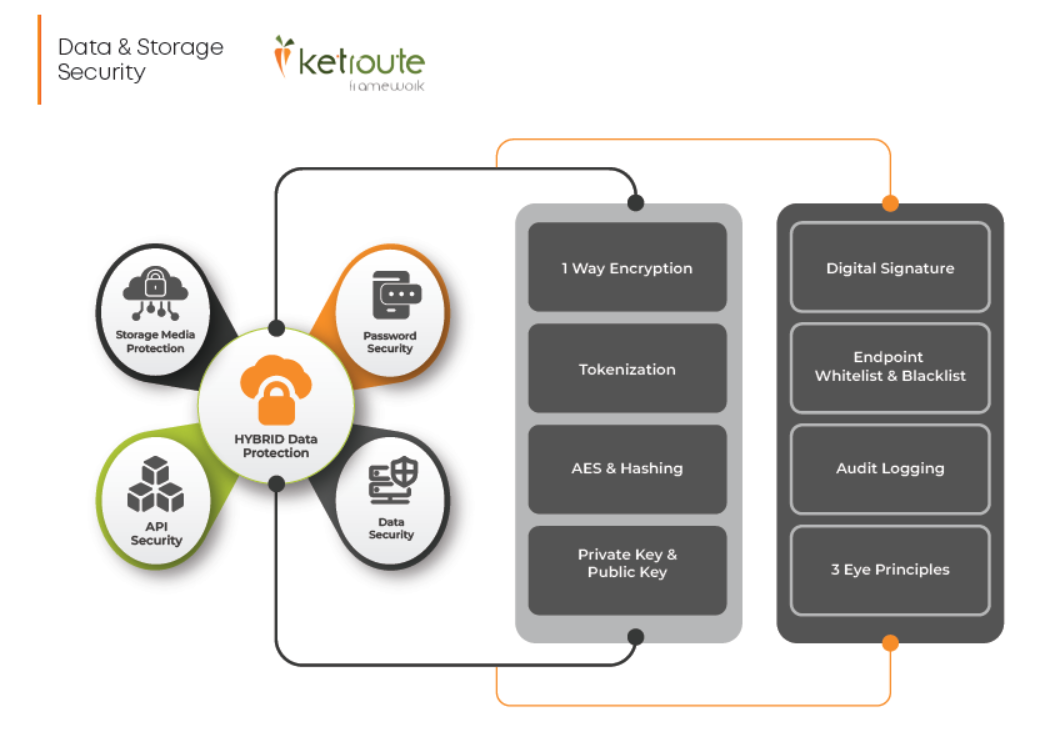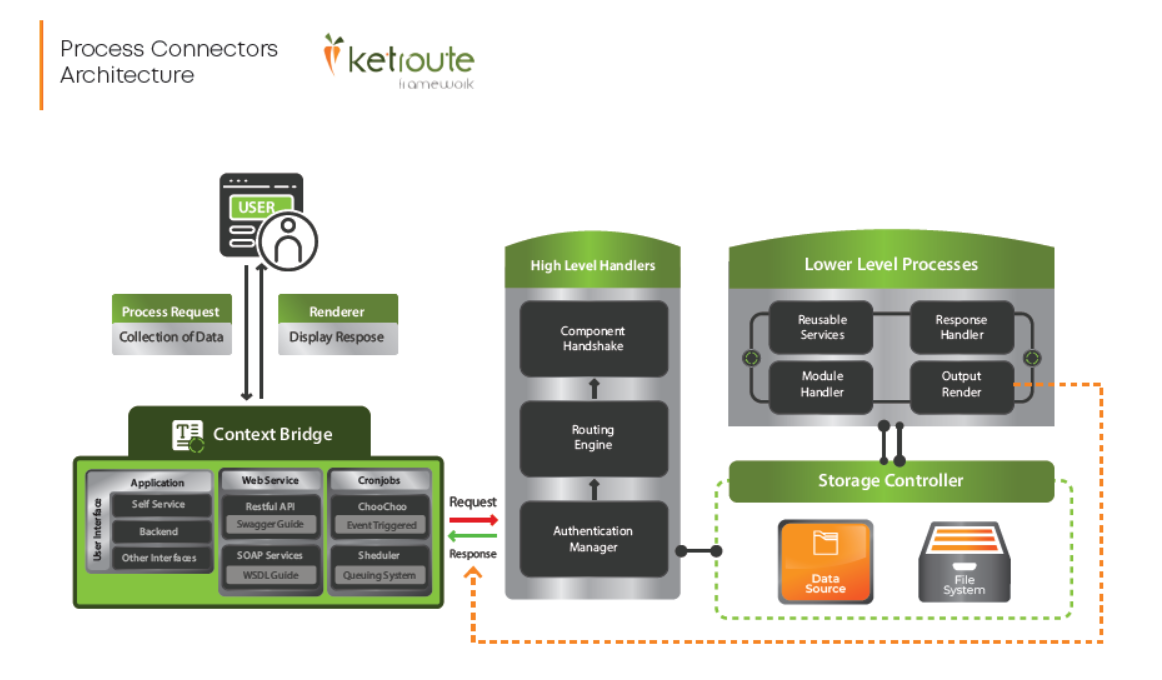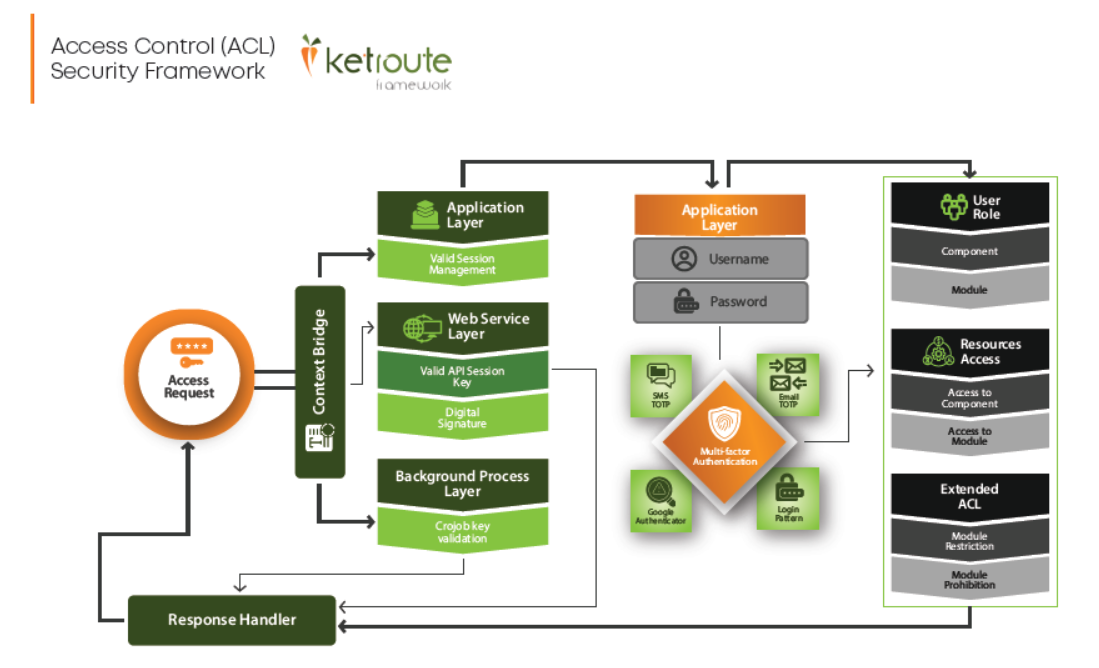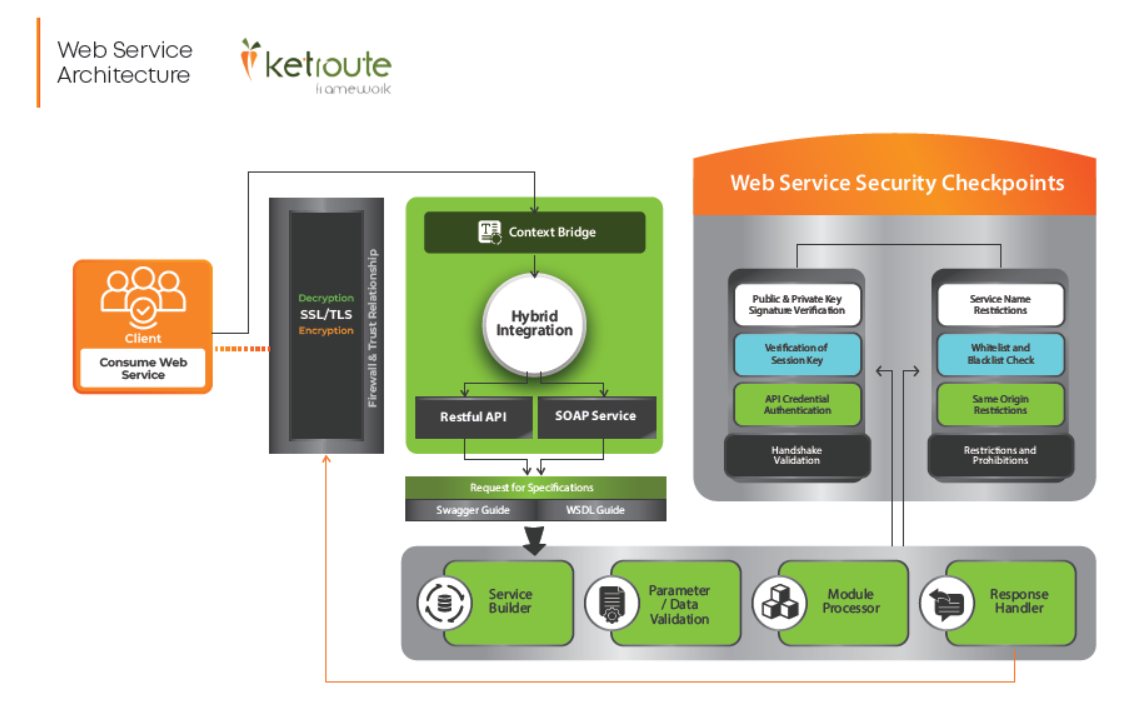History of the Ketroute Framework
Ketroute Framework was originally created by Peter Ramokone with a core philosophy of reducing coding effort through its "less coding" approach. This philosophy emphasizes efficiency and productivity by minimizing repetitive tasks and promoting modular, reusable components. The framework adheres to the principles of "Don't Repeat Yourself" (DRY), ensuring that developers write concise and maintainable code without redundancy.
In 2010, Ketroute Framework was adopted by Tucksee (PTY) LTD. A Leading Software Development and Consultation House based in Johannesburg, South Africa, marking a significant milestone in its development and adoption within the industry.
The framework underwent substantial structural changes with the introduction of version 15 in 2018. This pivotal update introduced support for hybrid service controllers and unlimited interface contexts, enhancing its capabilities to meet the evolving needs of complex government IT solutions. These advancements solidified Ketroute Framework's reputation for robustness, flexibility, and scalability in handling diverse and demanding application environments.
Ketroute Framework embraces a "Zero Trust Architecture" approach to security, where no entity, whether inside or outside the network perimeter, is trusted by default. This security model ensures that every access attempt is verified and authenticated, significantly reducing the risk of data breaches and unauthorized access to sensitive government information.
